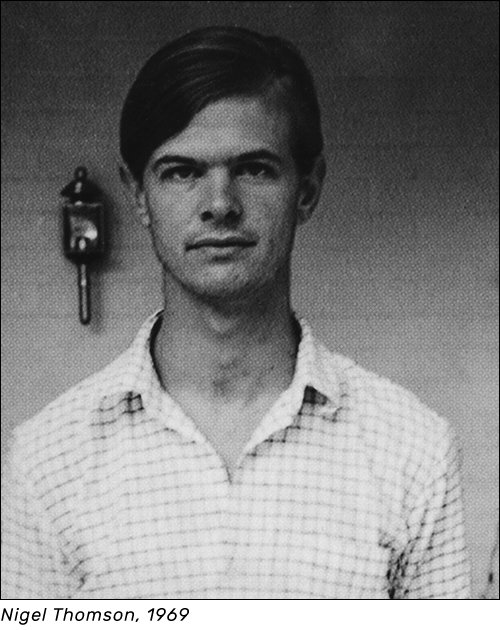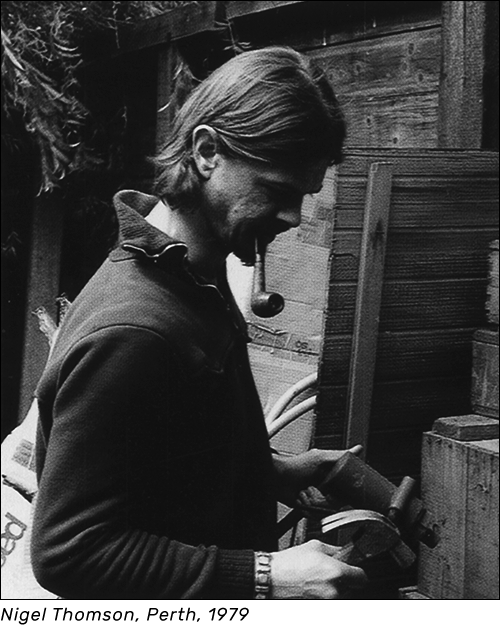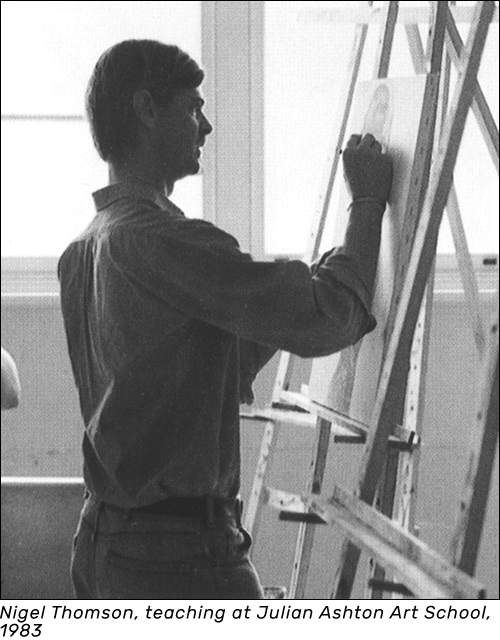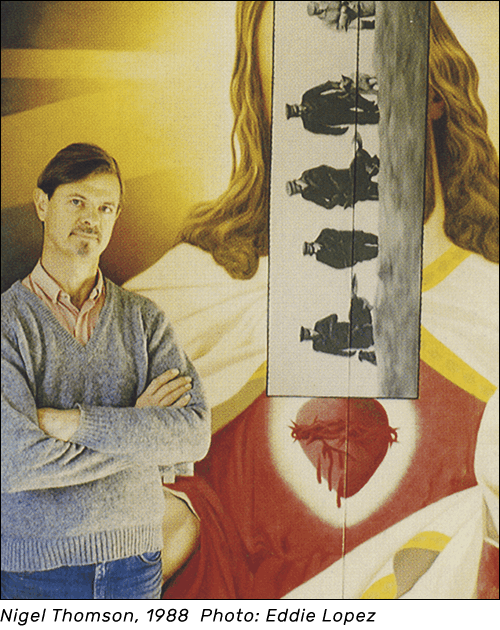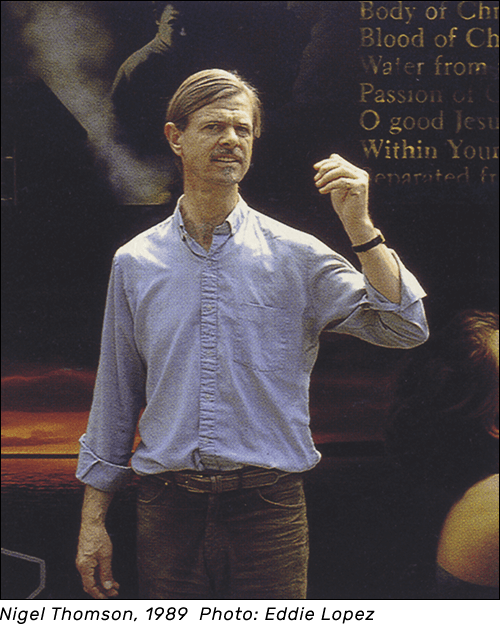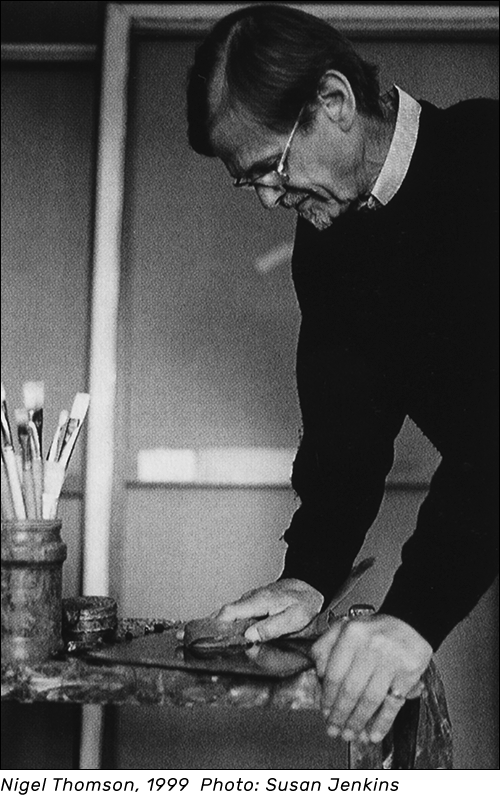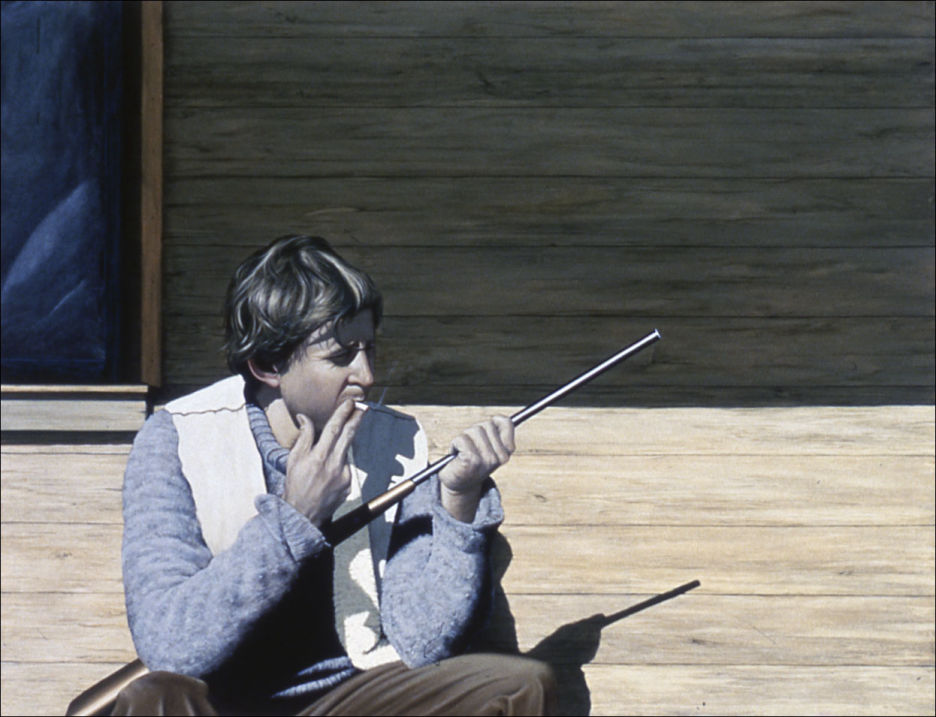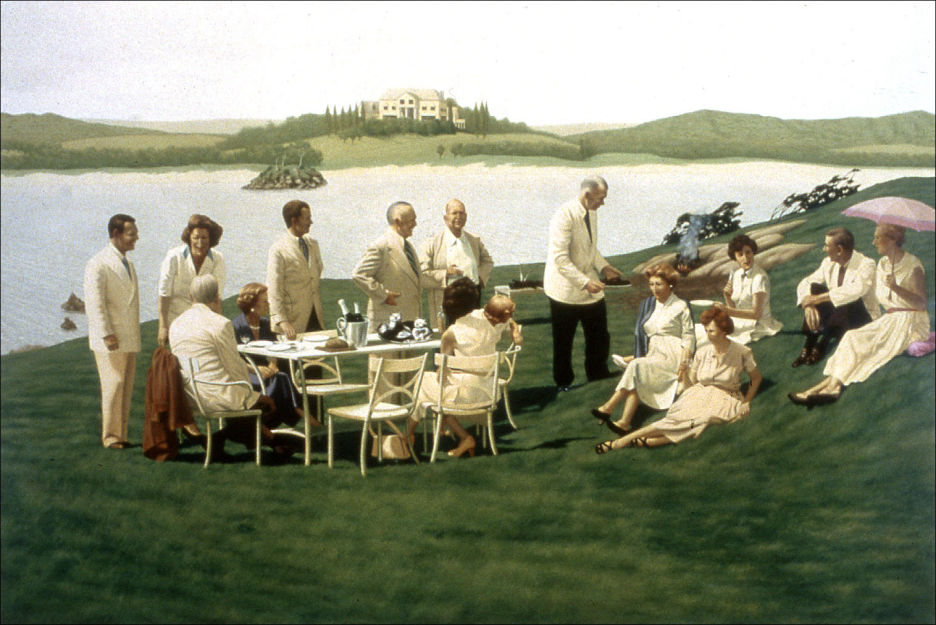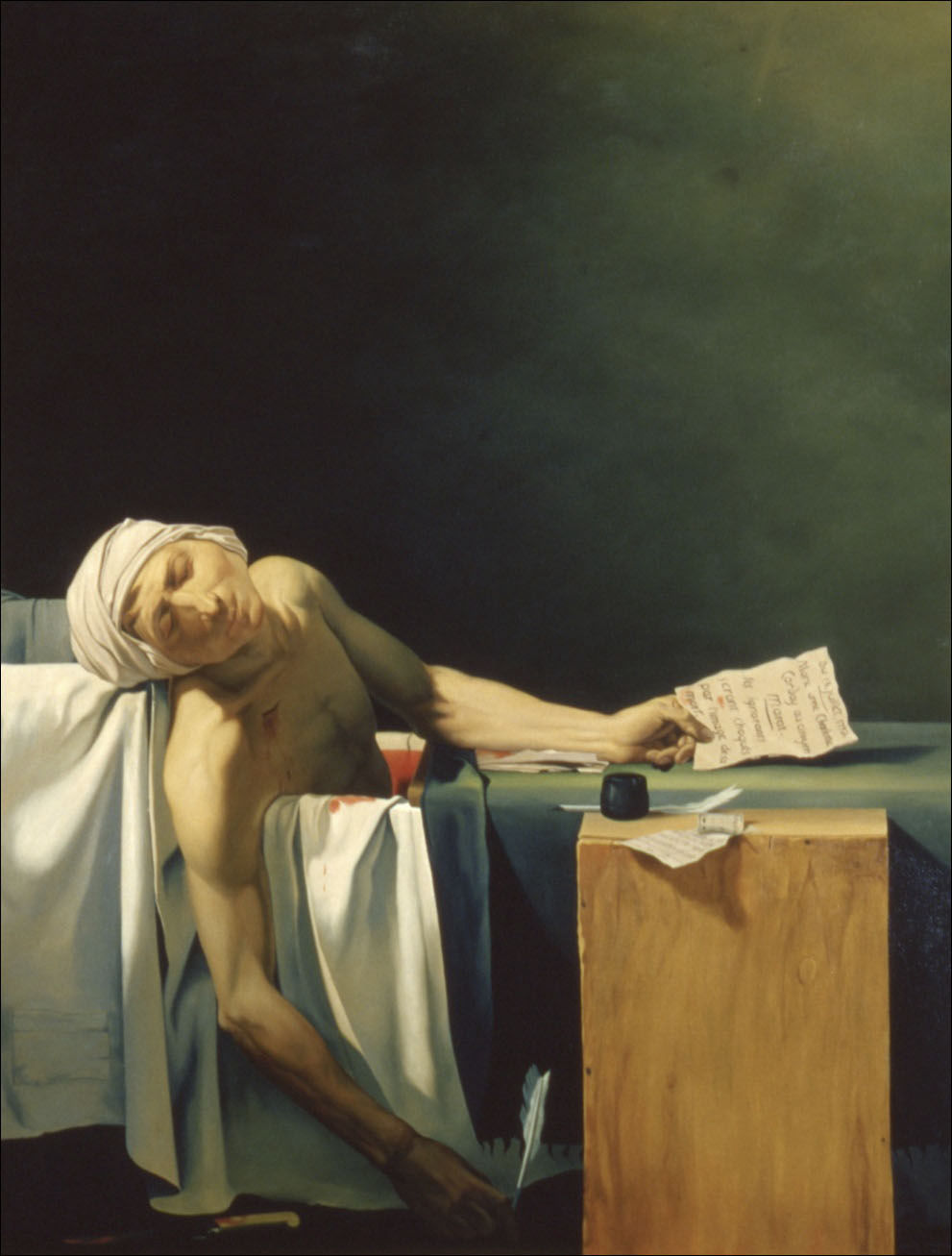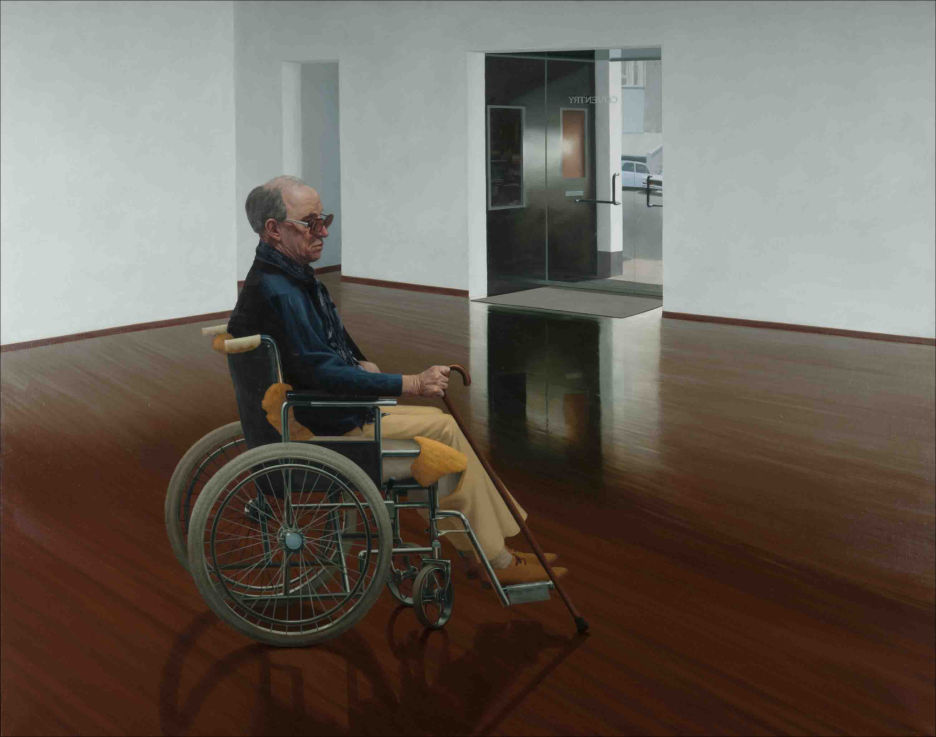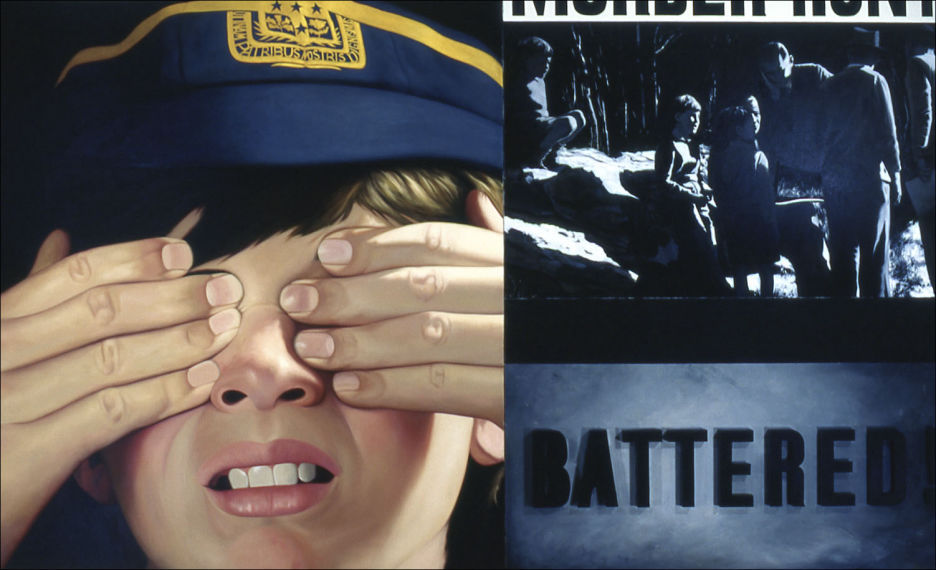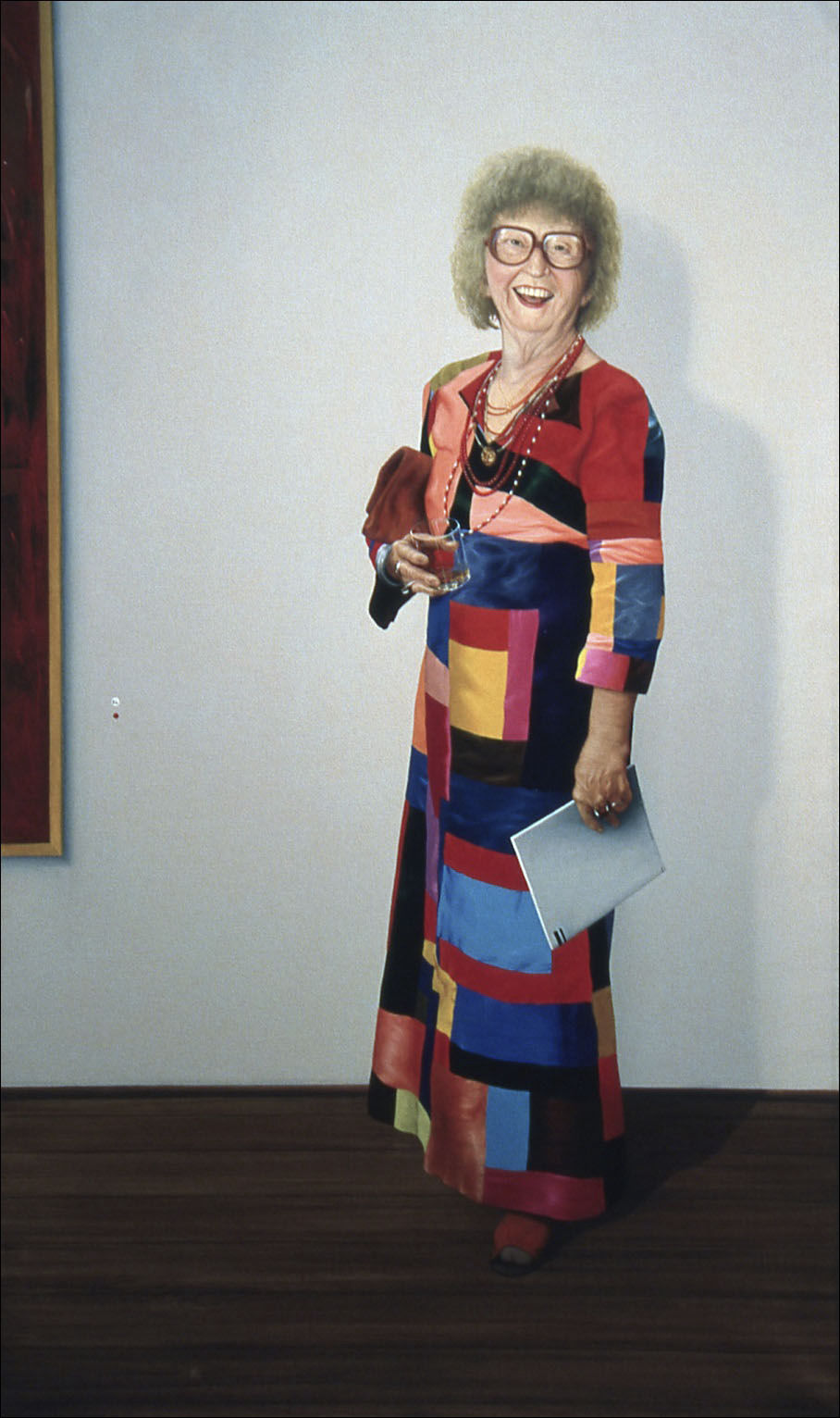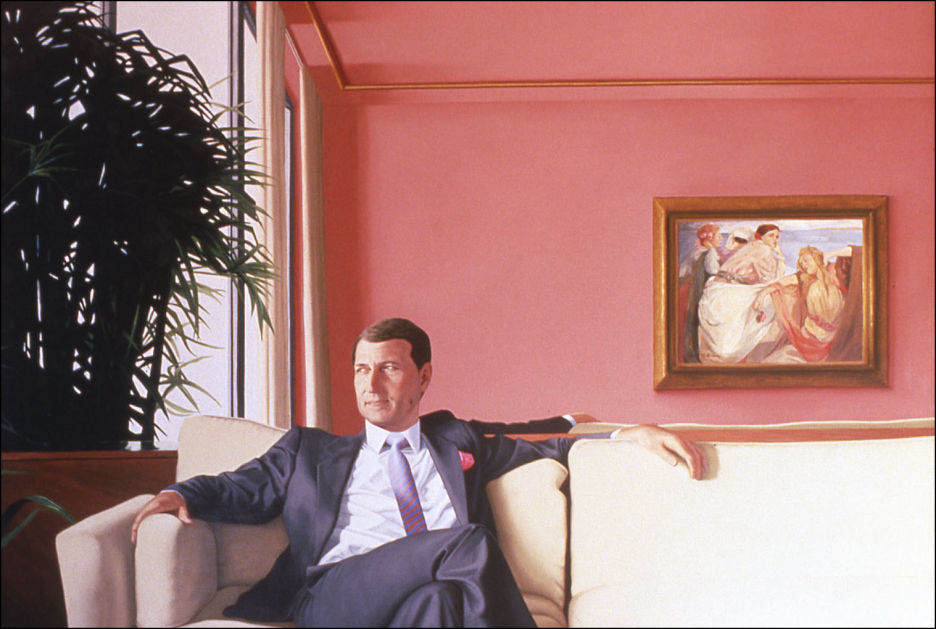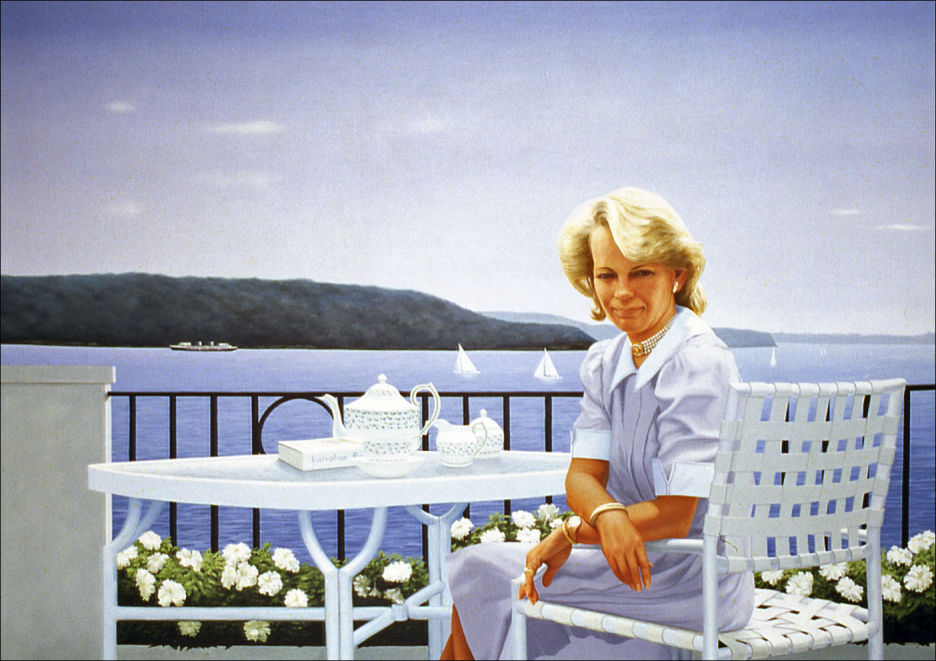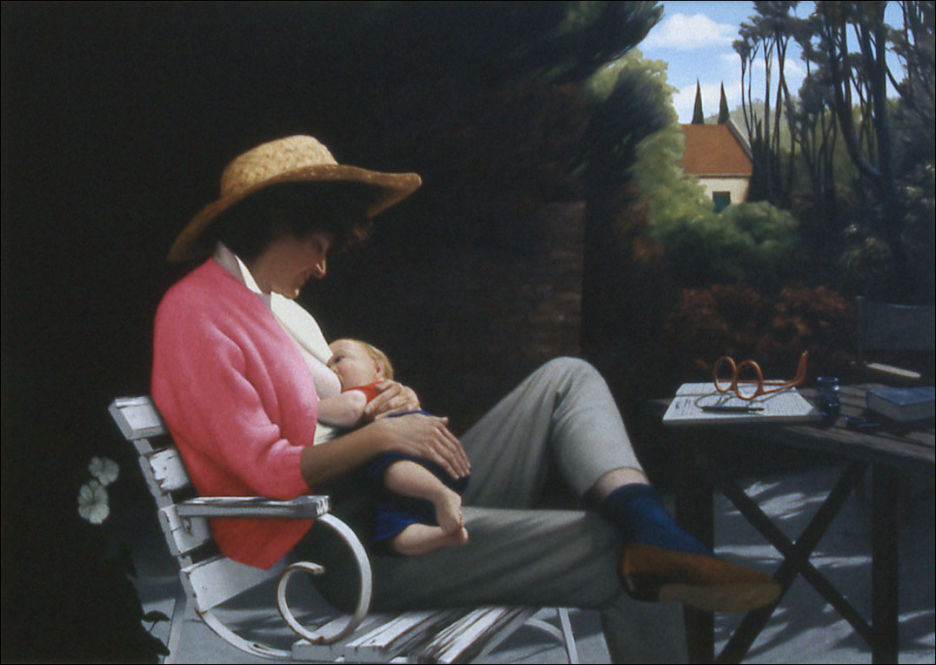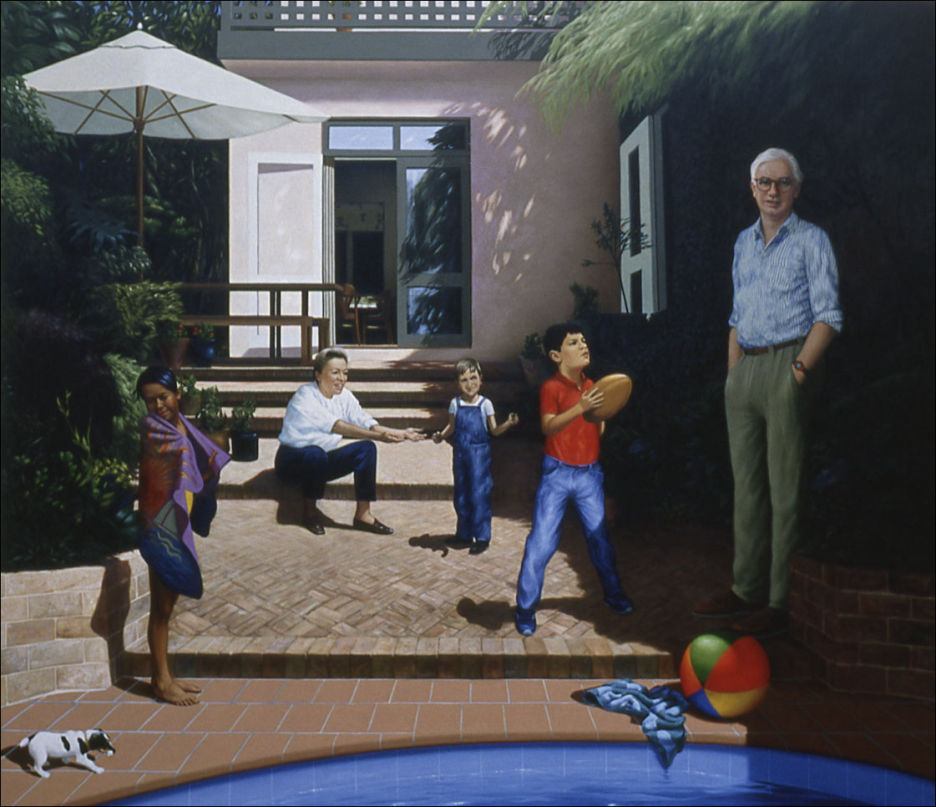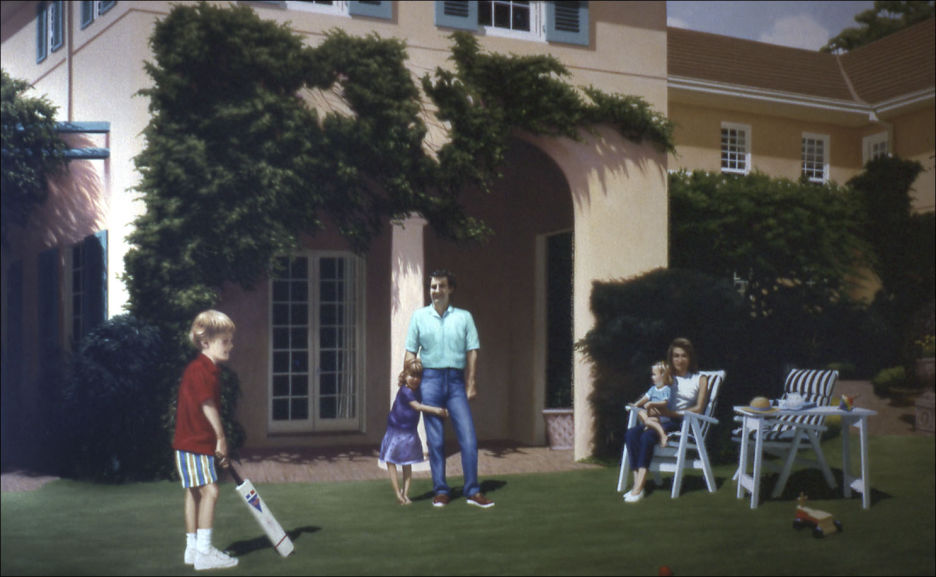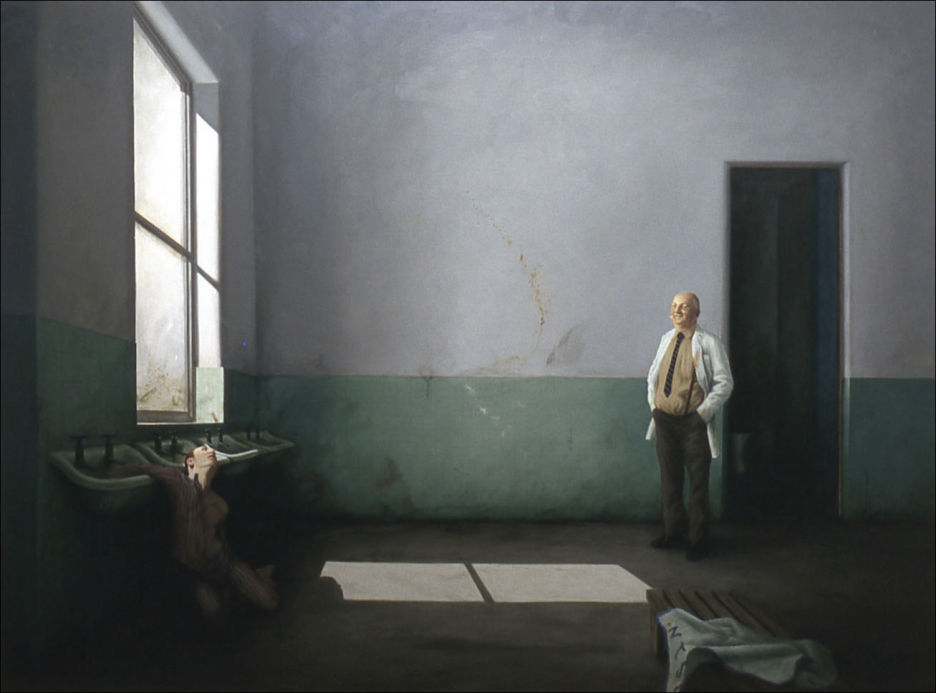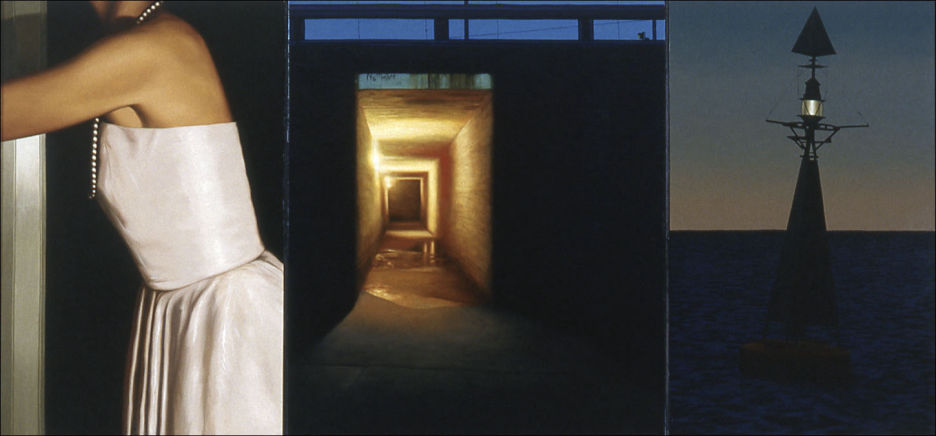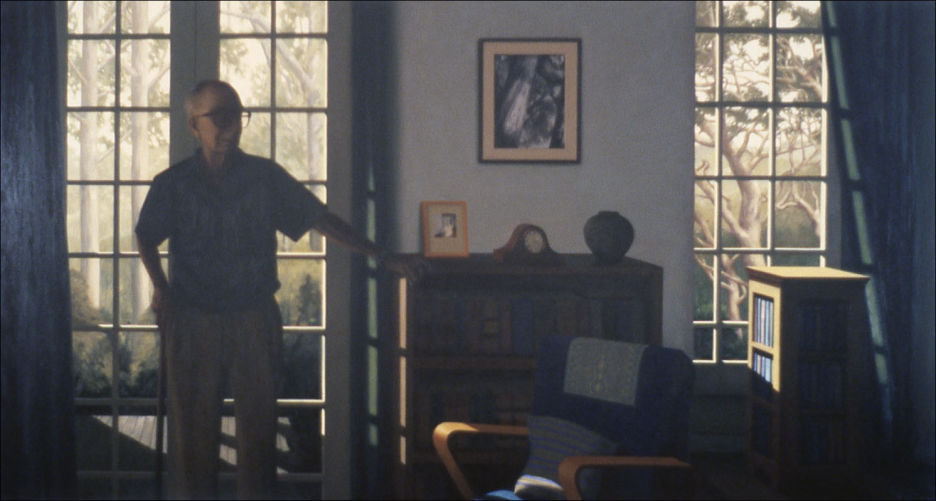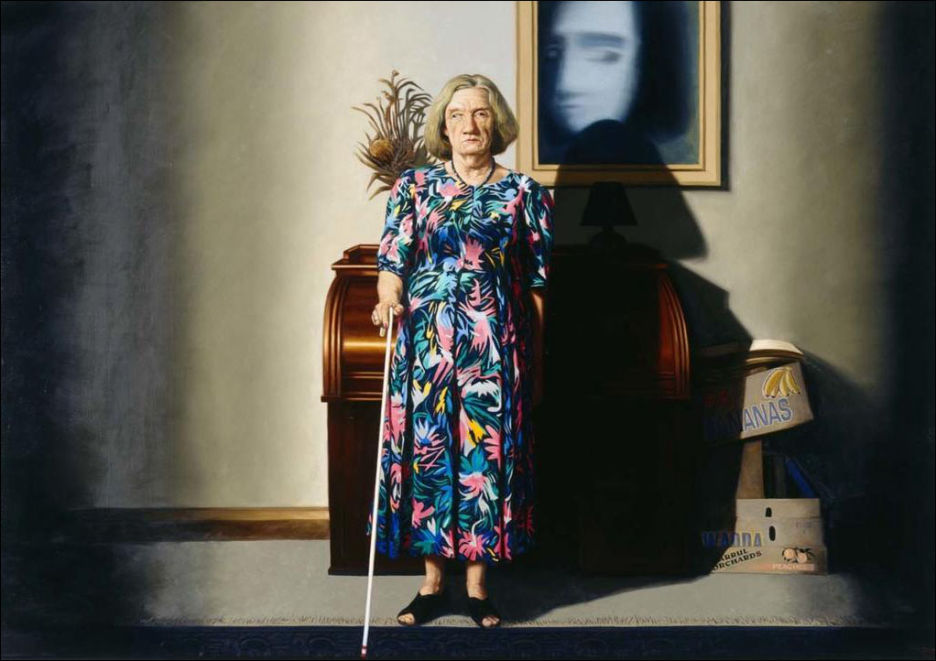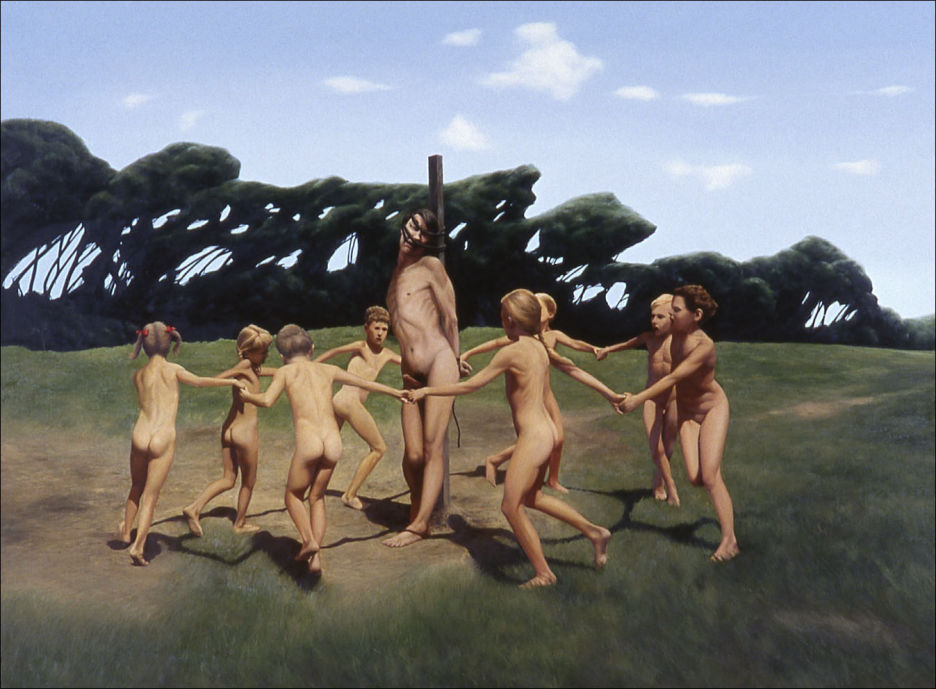In a rented garage on the Swan River, Thomson developed the strict daily painting routine that he would adhere to for the rest of his working life. During the Perth years, he taught in the evenings at Perth Technical College and held his first Western Australian exhibition at the Old Fire Station Gallery. He was an active member of the WA branch of the Contemporary Art Society, becoming its president in 1970 and developing many enduring friendships and associations. While continuing to exhibit with CAS, he was included in a group show at the Skinner Gallery, where he also held a solo show in October 1972. He won the Bunbury City Art Purchase Prize, the Thornlie Art Prize, the Tasmanian Art Gallery Prize and the Borthwick Art Prize and would demonstrate his strong affiliation for the region by several return visits for work and exhibitions throughout his career.
